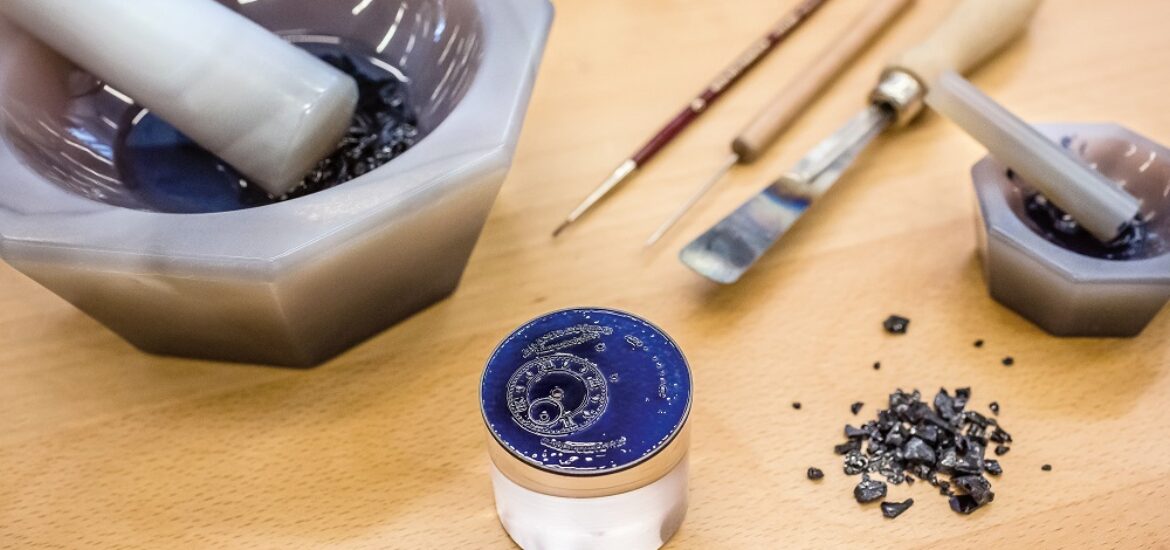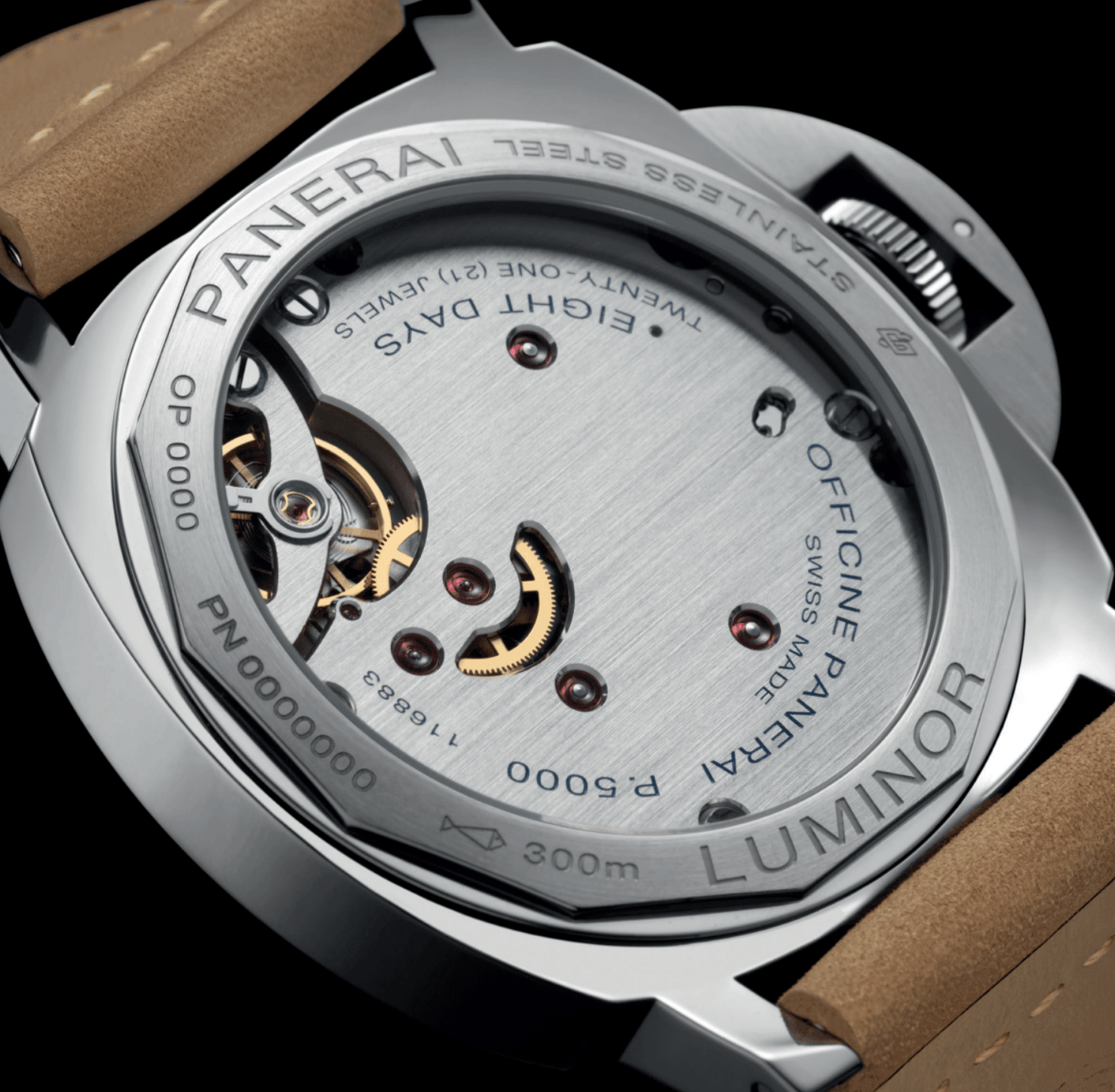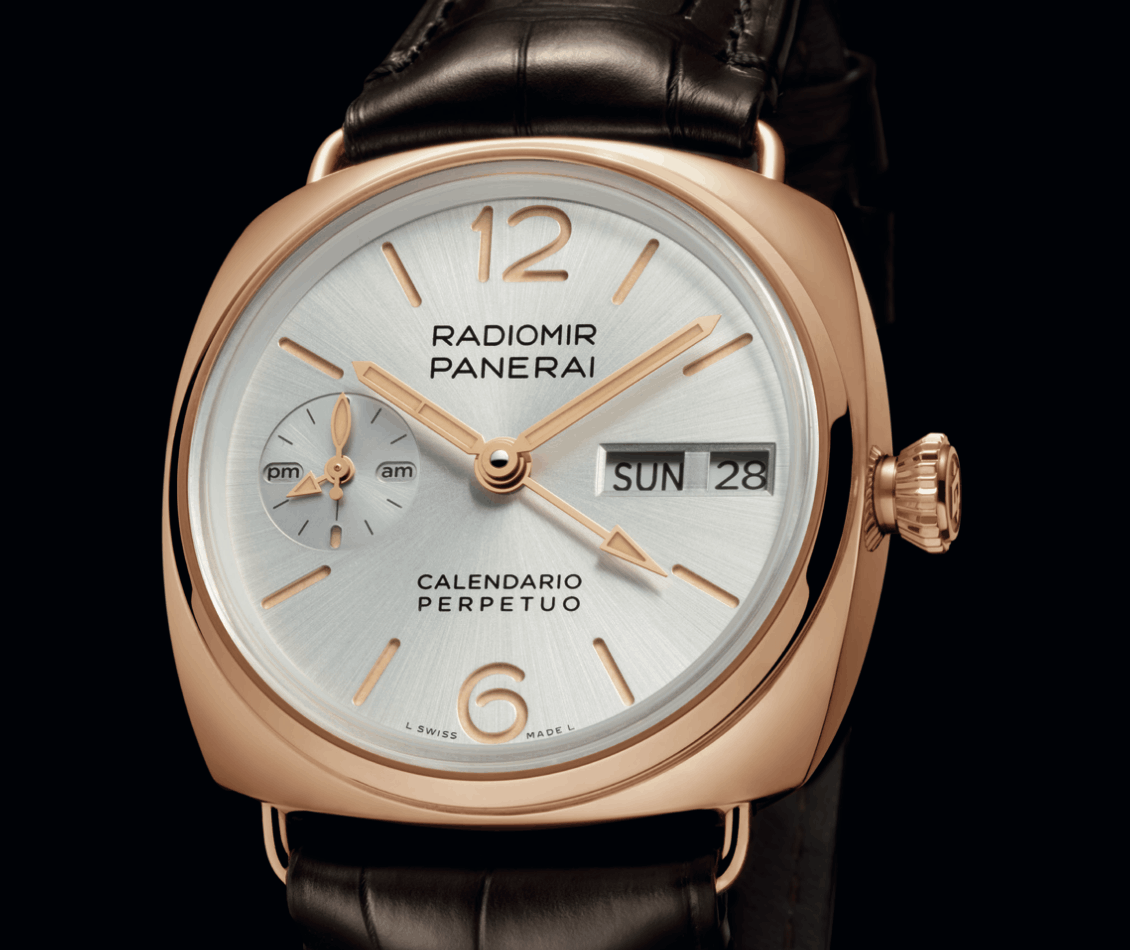The art of enamelling

A. Lange & Söhne launched the limited LANGE 1 TOURBILLON HANDWERKSKUNST, a model with a black enamelled dial.
Elaborate, time-consuming handicraft techniques are used to produce A. Lange & Söhne’s enamelled dials.
The art of enamelling has been around for about 3,500 years. Augustus the Strong, the Elector of Saxony, was a devotee of the technique. His court jeweller, Johann Melchior Dinglinger, created precious pieces in enamel, which are today on show in the Green Vault in Dresden’s Castle.
Enamelling was also very frequently used to make the dials for pocket watches. These days, there are very few experts skilled in this highly complicated process, so that enamelled dials are very rarely found in wristwatches. The LANGE 1 TOURBILLON HANDWERKSKUNST, presented on 24 October 2014, has a black enamelled dial. It provides a perfect complement to the brilliance of the highly polished markers and matching hands in rhodium-plated gold. The black subsidiary dial in solid silver for the small seconds display is slightly sunk into the main dial. The recess for the tourbillon is finished with a costly, finely polished chamfer.
The process of making an enamelled dial takes several days, during which the different steps have to be repeated again and again. The greatest challenge: absolute cleanliness, to prevent the inclusion of the smallest particle of dust or dirt, which would mar the smoothness of the structure. “Enamel is capricious, and can’t be hurried,” Lange’s enamel experts explain.

























